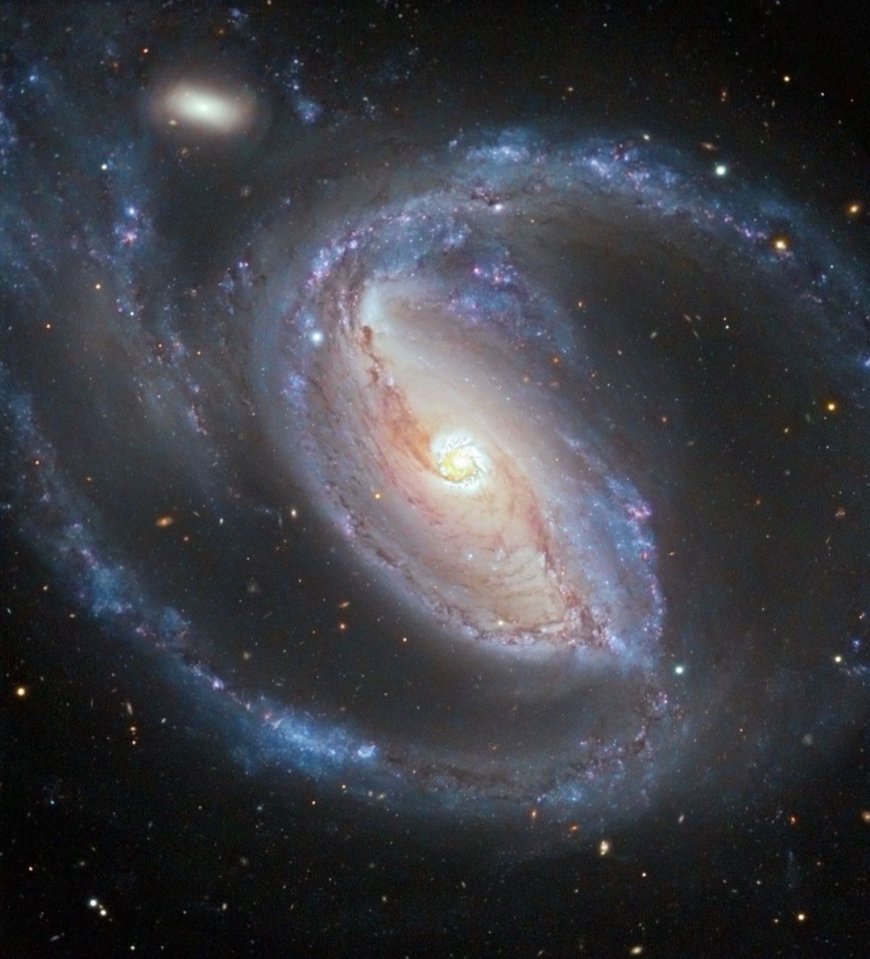NASA is constantly pushing the boundaries of technology.
NASA is developing the NEO Surveyor, a next-gen spacecraft designed to track and characterize near-Earth objects (NEOs) that could potentially threaten Earth. Equipped with a sophisticated infrared telescope, the NEO Surveyor aims to detect 90% of NEOs over 140 meters in diameter. This mission represents a significant step forward in planetary defense, with the spacecraft expected to launch in 2028.

NASA will continue to push the boundaries of space exploration and technology development through strategic programs and projects through 2024. The agency’s work spans many areas, including deep space exploration, Earth science, Earth science, and innovation development. Some of NASA’s most successful and important projects this year are summarized below: **Artemis Program and Lunar Exploration The Artemis Program is at the forefront of NASA’s efforts to give humanity back to the moon and create prosperity. NASA is preparing for the Artemis III mission, the first time scientists have landed on the moon since the Apollo 17 mission in 1972. Set to occur in 2024. The mission will be the first lander to land on the south pole of the moon, where water ice is believed to be abundant. The probe will orbit the moon and serve as a staging area for the lunar landing and additional mission stations. ** The Habitation and Logistics Outpost (HALO) and Power and Evacuation (PPE) are the two main elements of the Gateway, which is expected to launch in 2024. br> NASA still needs Mars exploration in the near future. Resolve Meander is set to arrive on Mars in February 2021 and its primary mission is to search for signs of pre-existence and collect experiments. The rover prototype is planned to be returned to Earth in 2024 with the Mars Test Return (MSR) mission, carried out in collaboration with the European Space Agency (ESA). The main mission will include incredible capabilities, including launching a vehicle to Mars to carry these models into space and returning them to Earth without fail. The journey to Mars continues. Its achievements continue to provide important information about weather research capabilities in the delicate Martian environment, preparing for future high-altitude robots on different planets. > NASA’s space observatory has increased our understanding of the universe. Launched in December 2021, the James Webb Space Telescope (JWST) has provided unprecedented images of the planet. In 2024, JWST will continue to change our understanding of the early universe, exoplanets, and the life cycle of stars. Its mysterious confirmation will lead to new information about the evolution of cosmic, stellar, and planetary structures. Named after the pioneering astrophysicist, the telescope will conduct comprehensive analysis to focus on the high-precision study of faint energies, exoplanets, and unmeasurable features. **EarthMonitoring and ClimateMonitoring NASA’s Earth Science program is critical to understanding our planet’s systems and tracking climate change. Launched in September 2021, the Landsat 9 satellite continues to provide detailed indicators of regional changes in land use, deforestation, and urban conditions. The satellite will improve our understanding of sea level rise, water circulation, and safety standards through a comprehensive SWOT analysis of the world’s surface waters, including rivers, lakes, and oceans. NASA is making significant investments in the development of technology to help it achieve its scientific goals. One of these innovations is the Space Launch Framework (SLS), a powerful new rocket designed to carry passengers and cargo across the low Earth. Future deep space exploration and the Artemis mission will depend on the SLS. The agency is developing the Atomic Thermal Propulsion (NTP) framework, which promises to reduce the chances of traveling to Mars and other objects. NTP systems use atomic reactors to heat fuels such as hydrogen to below-freezing temperatures, producing more energy than traditional rockets. The organization’s work here means improving the mission’s mission, improving the analysis of additional data, and supporting the independence of complex situations such as the Moon and Mars. Build partnerships and build partnerships with the private sector, universities, and international organizations. The collaboration with ESA on the Mars mission and the support of the Moon Gate with international partners demonstrate the importance of international cooperation in space exploration. Both examples of cooperation continue to develop, as does NASA’s Commercial Crew Program. These collaborative efforts are essential to managing human populations in the near-Earth realm and supporting development in new space. Progress has been made, but the organization faces some challenges. The budget constraints, special problems and risks of the work in the room require good management and good thinking. Ensuring the safety of space, reducing hazards and achieving the goals of human exploration beyond the Moon and Mars is a constant need. **Development of Mars exploration projects and interest in space advancement. The agency is also expected to strengthen its efforts to solve global problems through global awareness and environmental assessment. With its ambitious mission and world-changing efforts, NASA continues to push the boundaries of human knowledge and capabilities, leading the way to the next era of space exploration and discovery.
What's Your Reaction?








